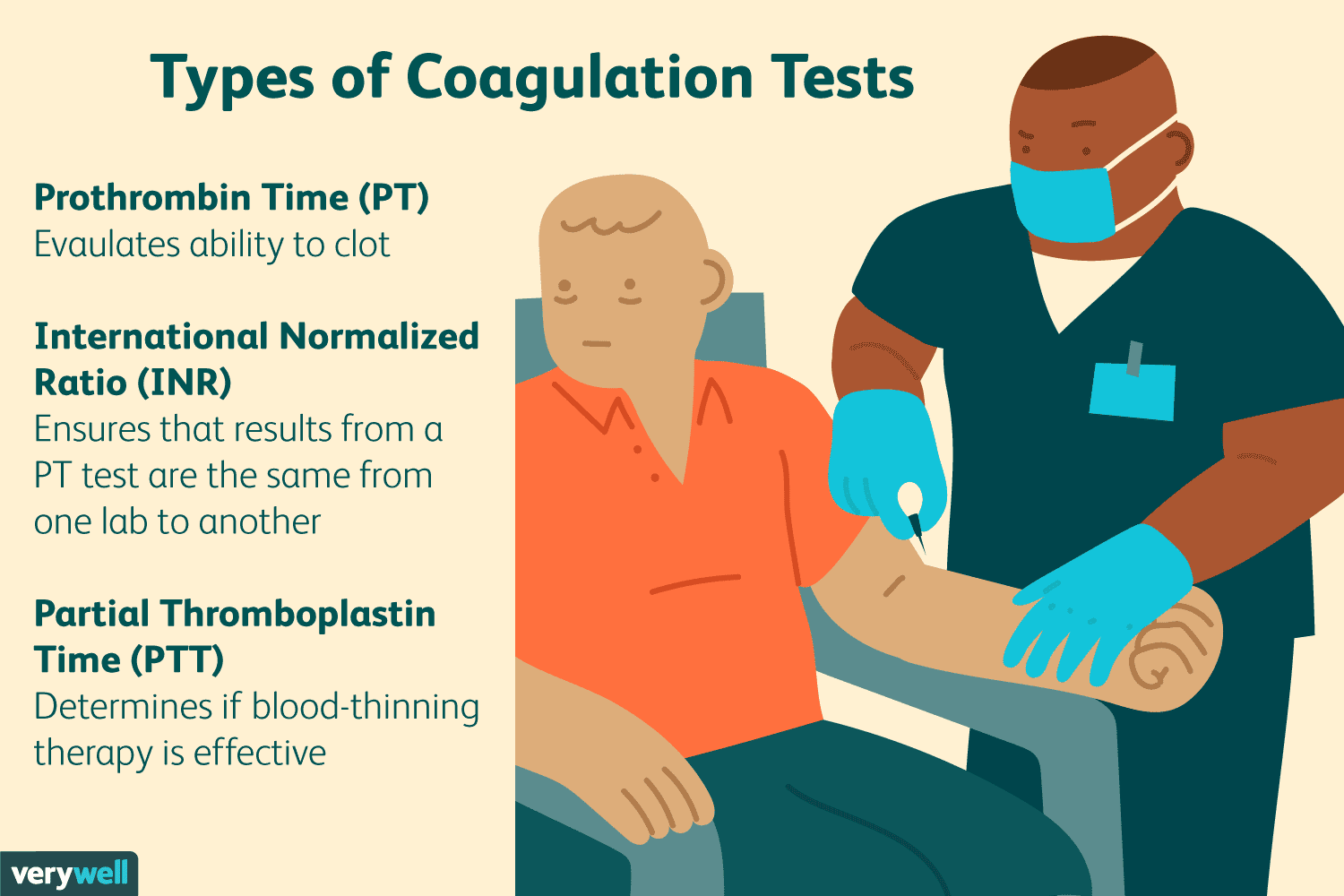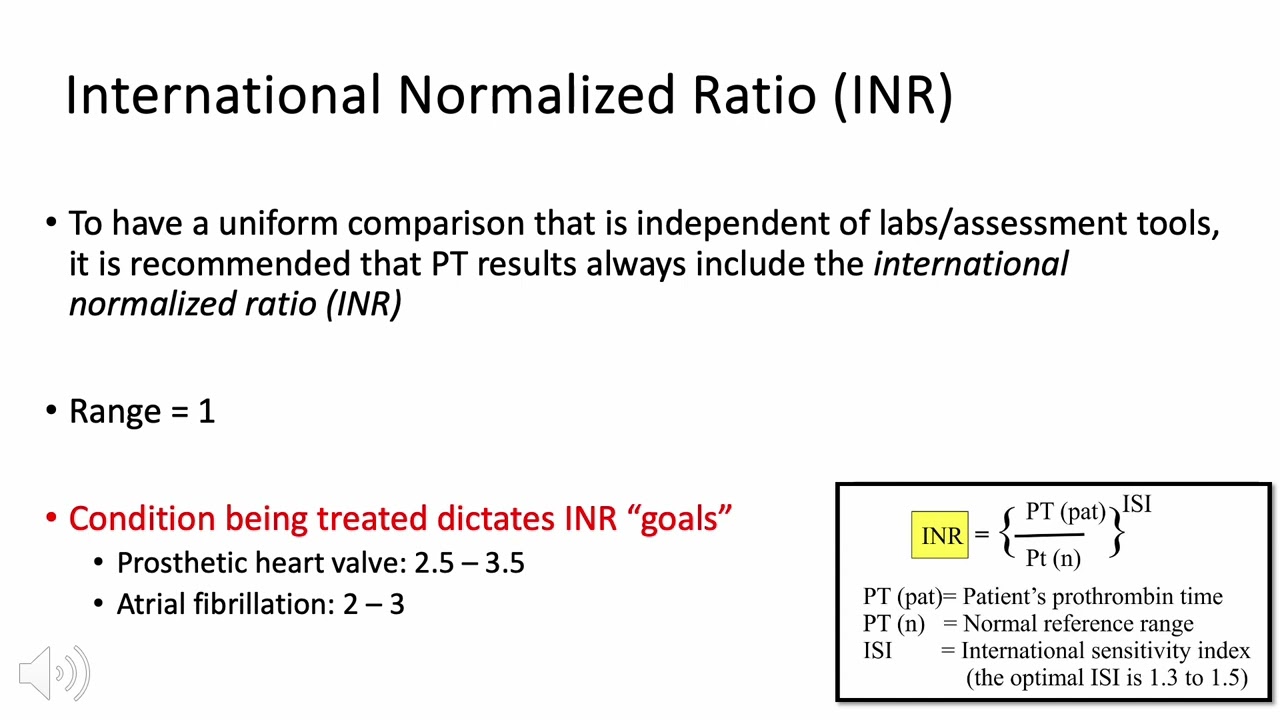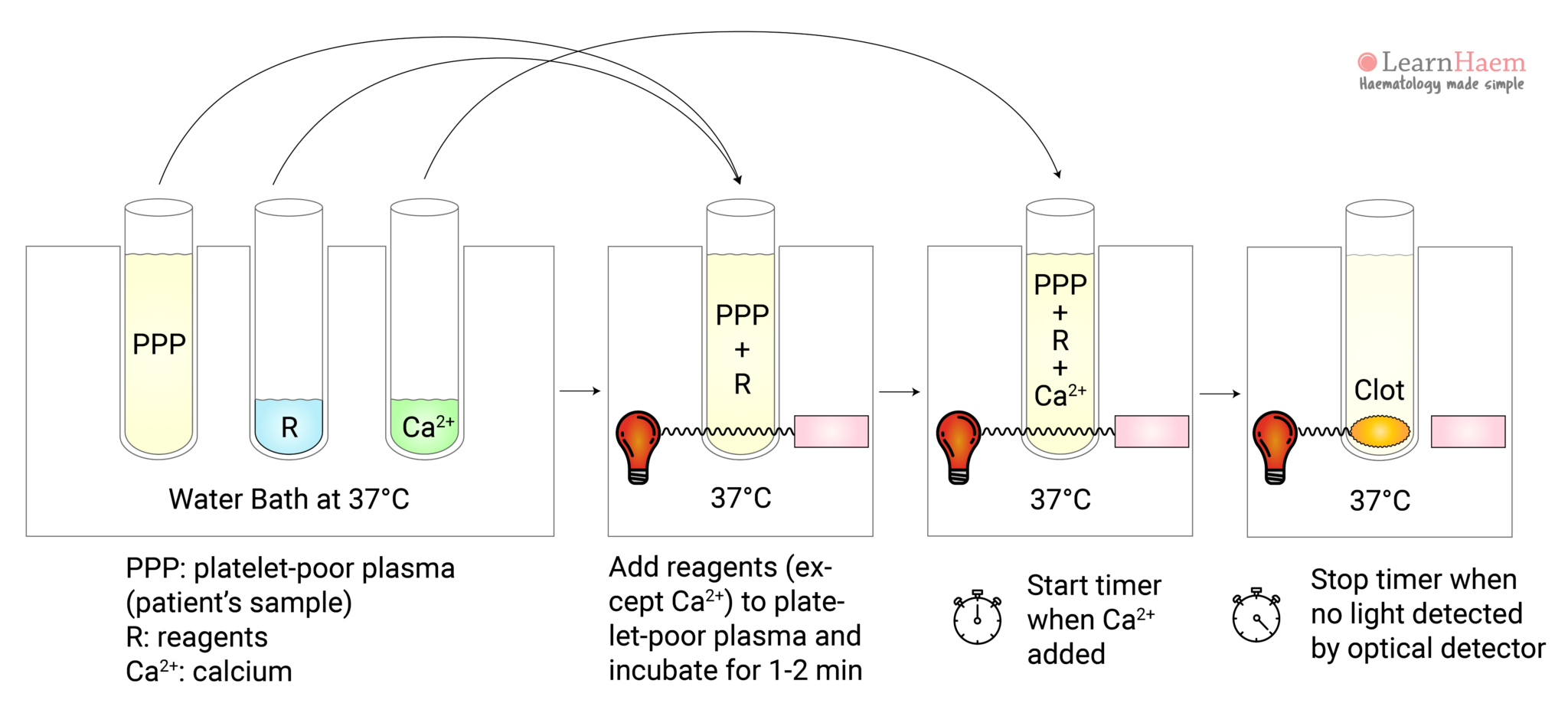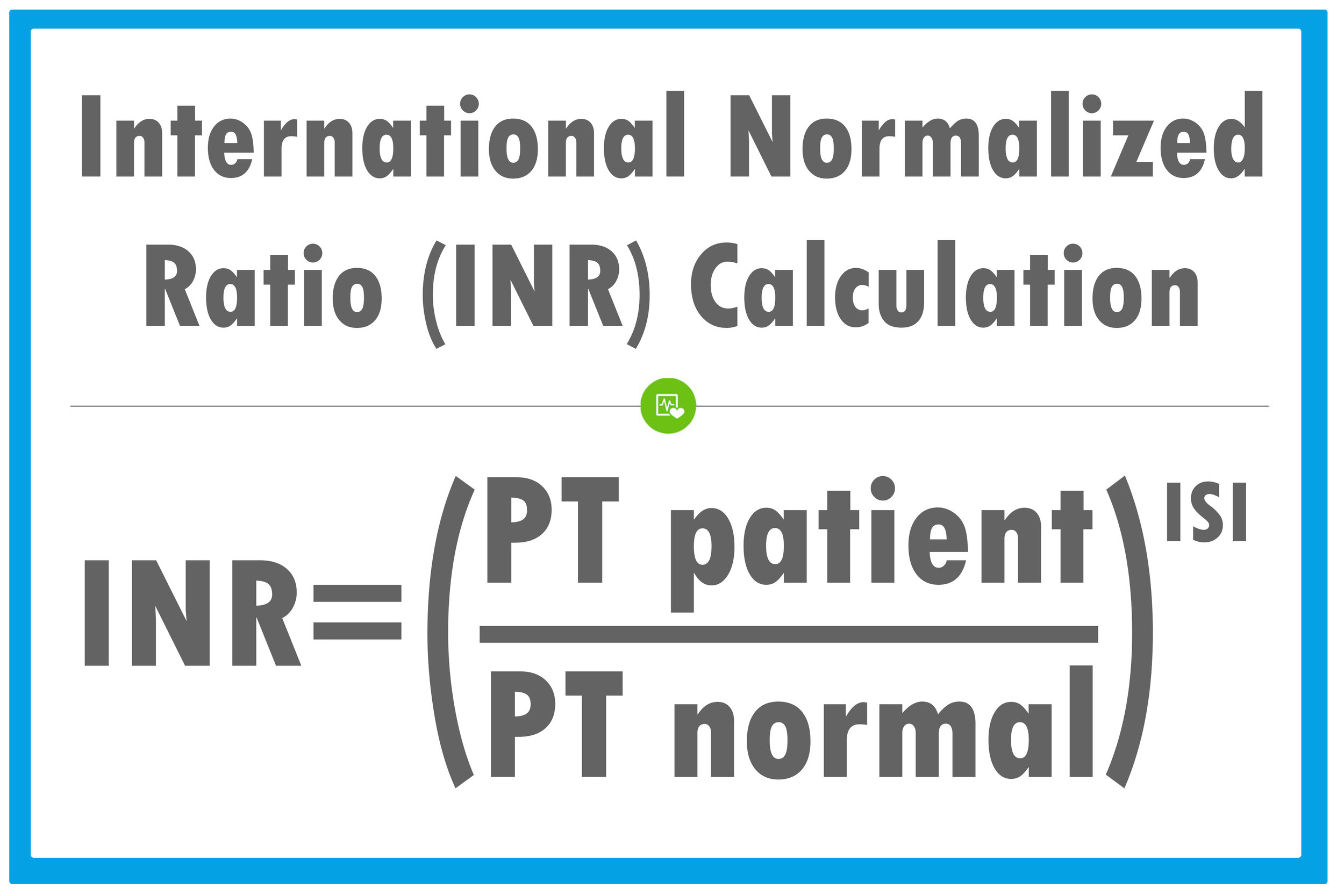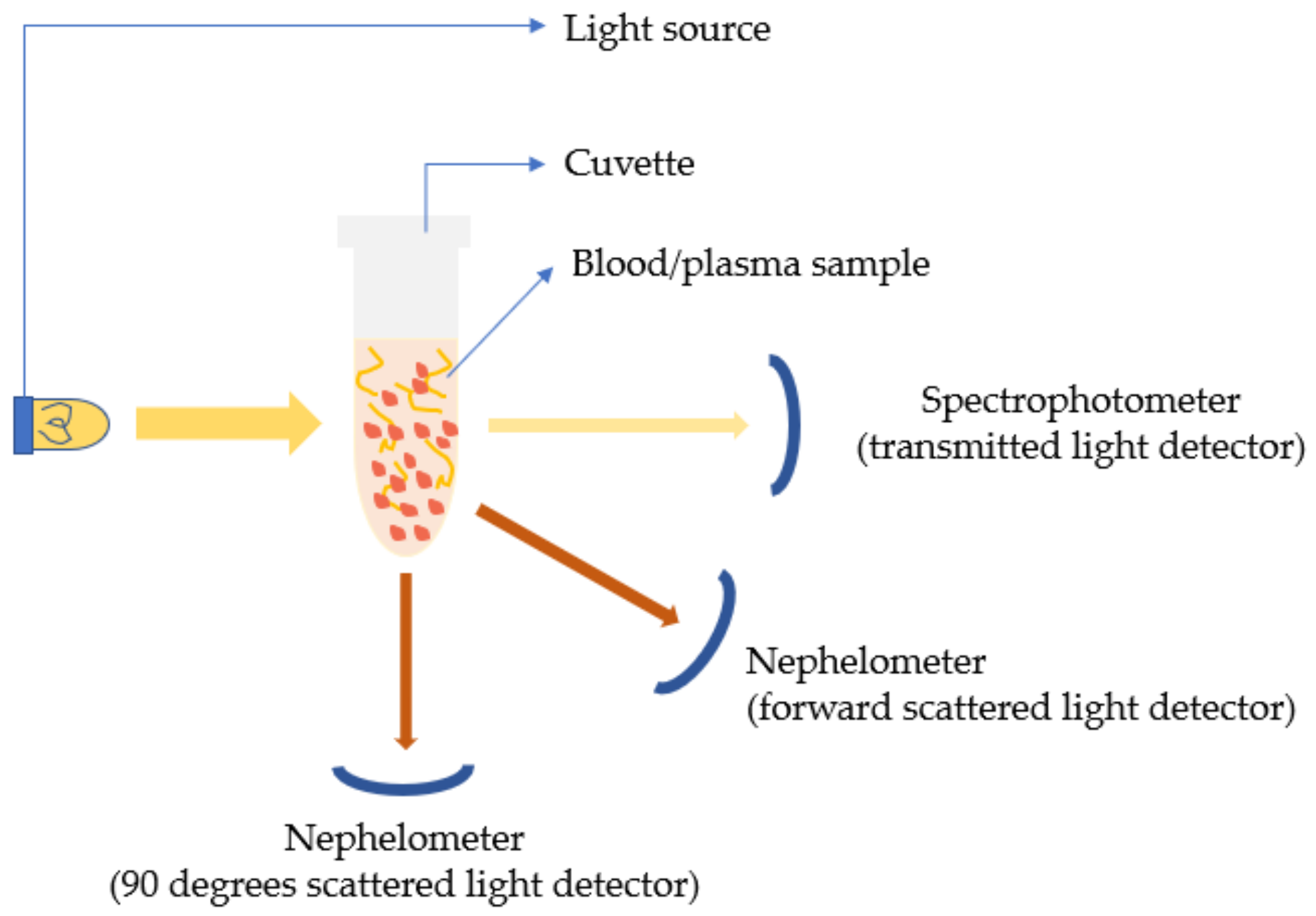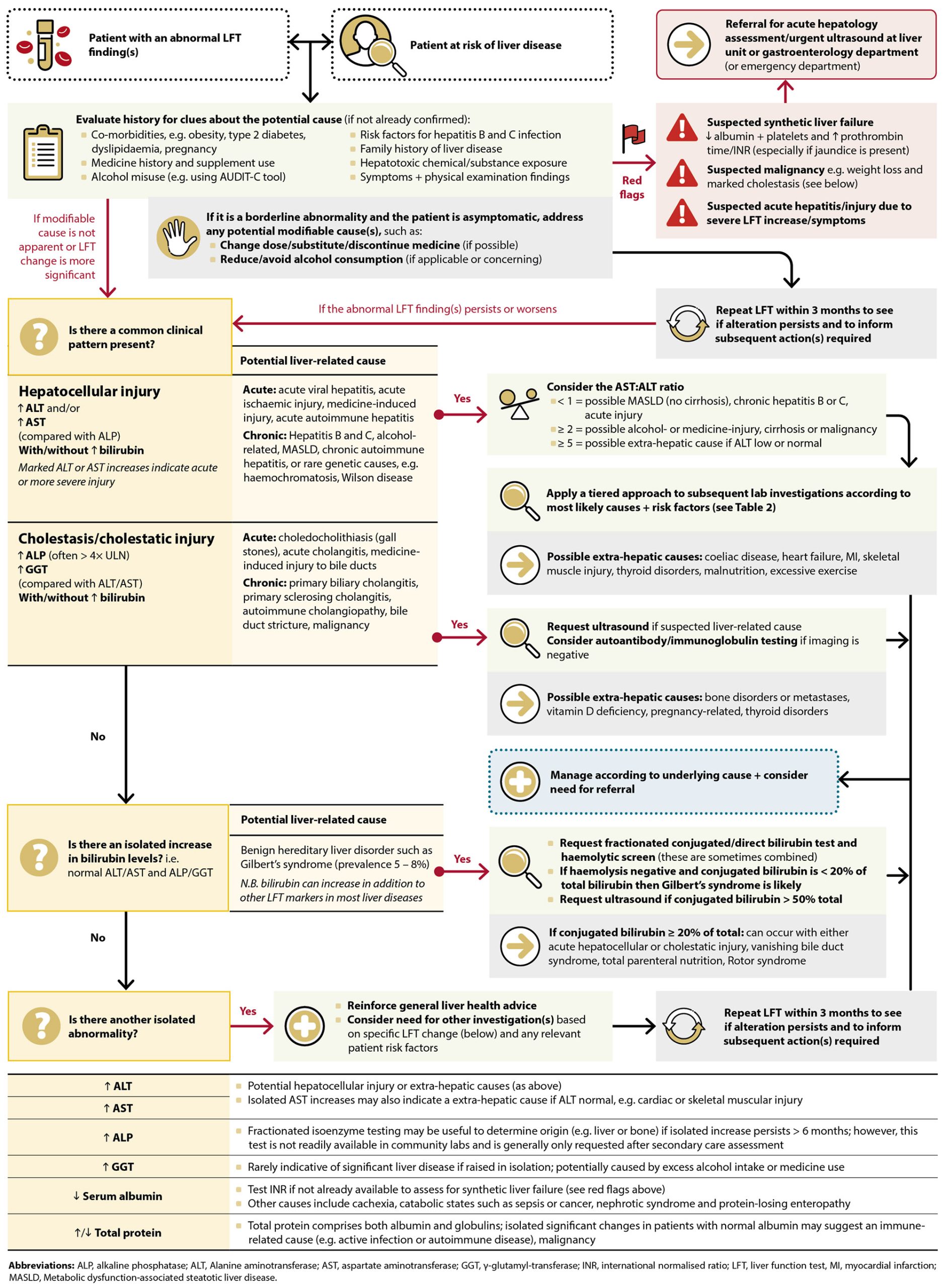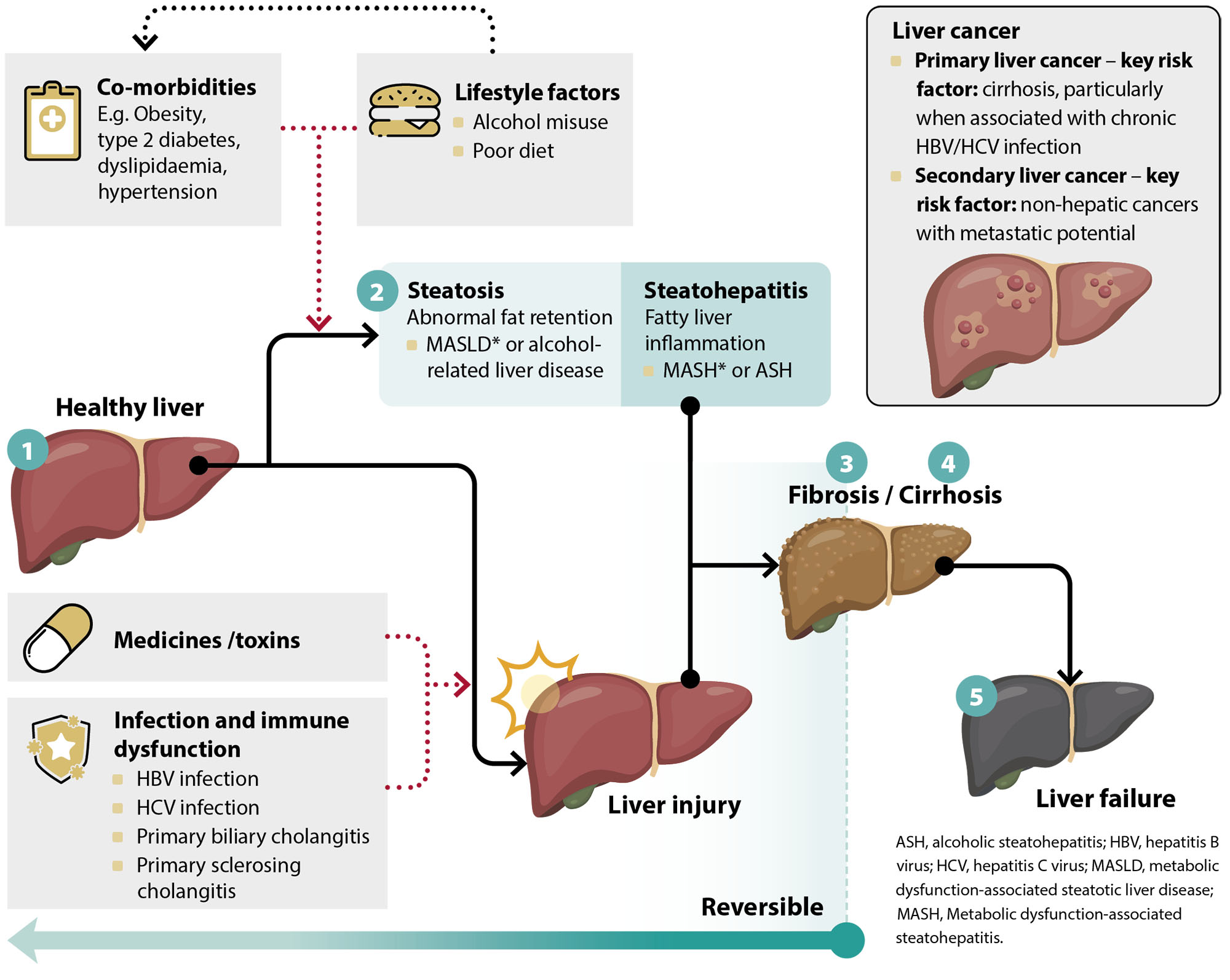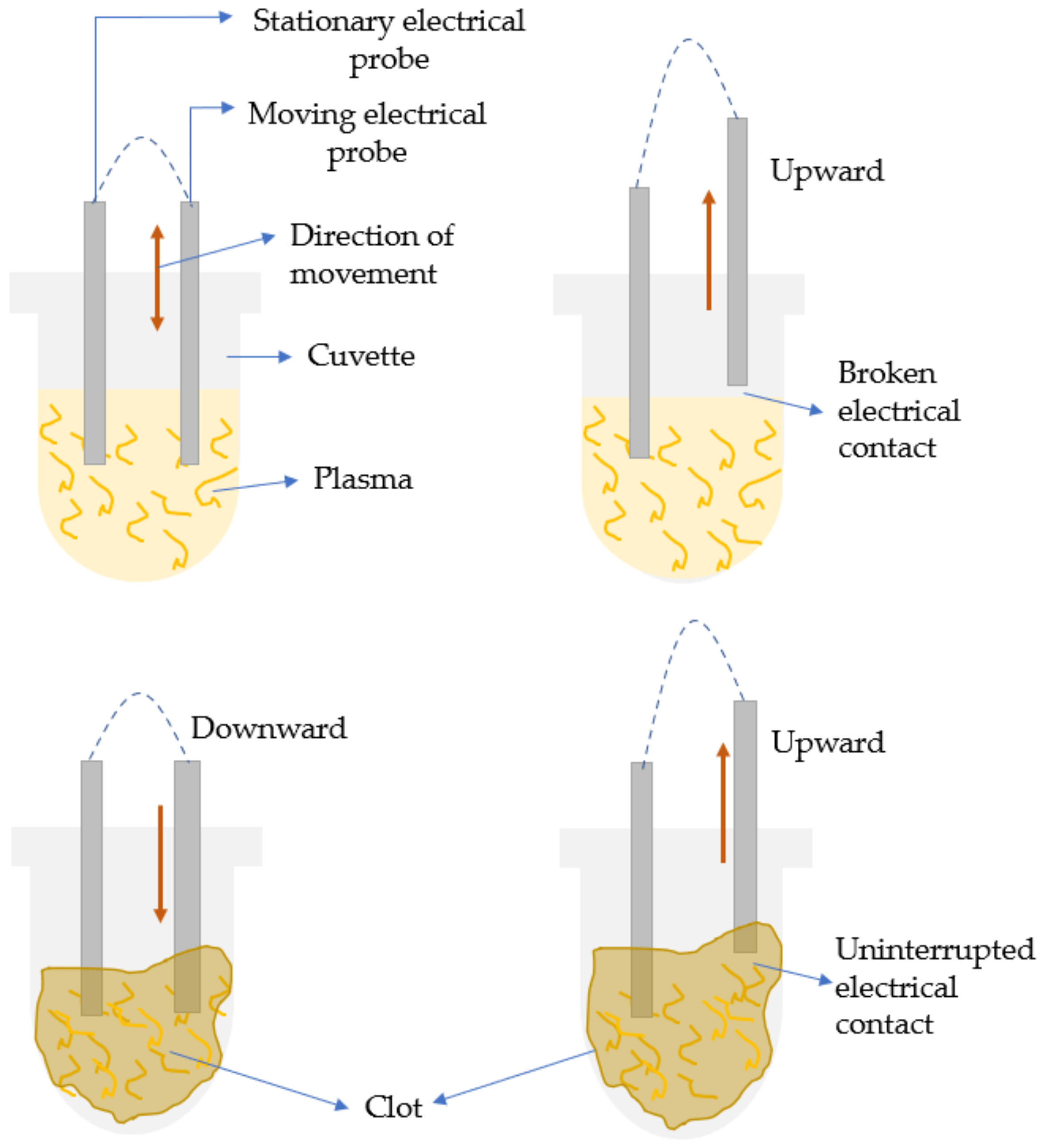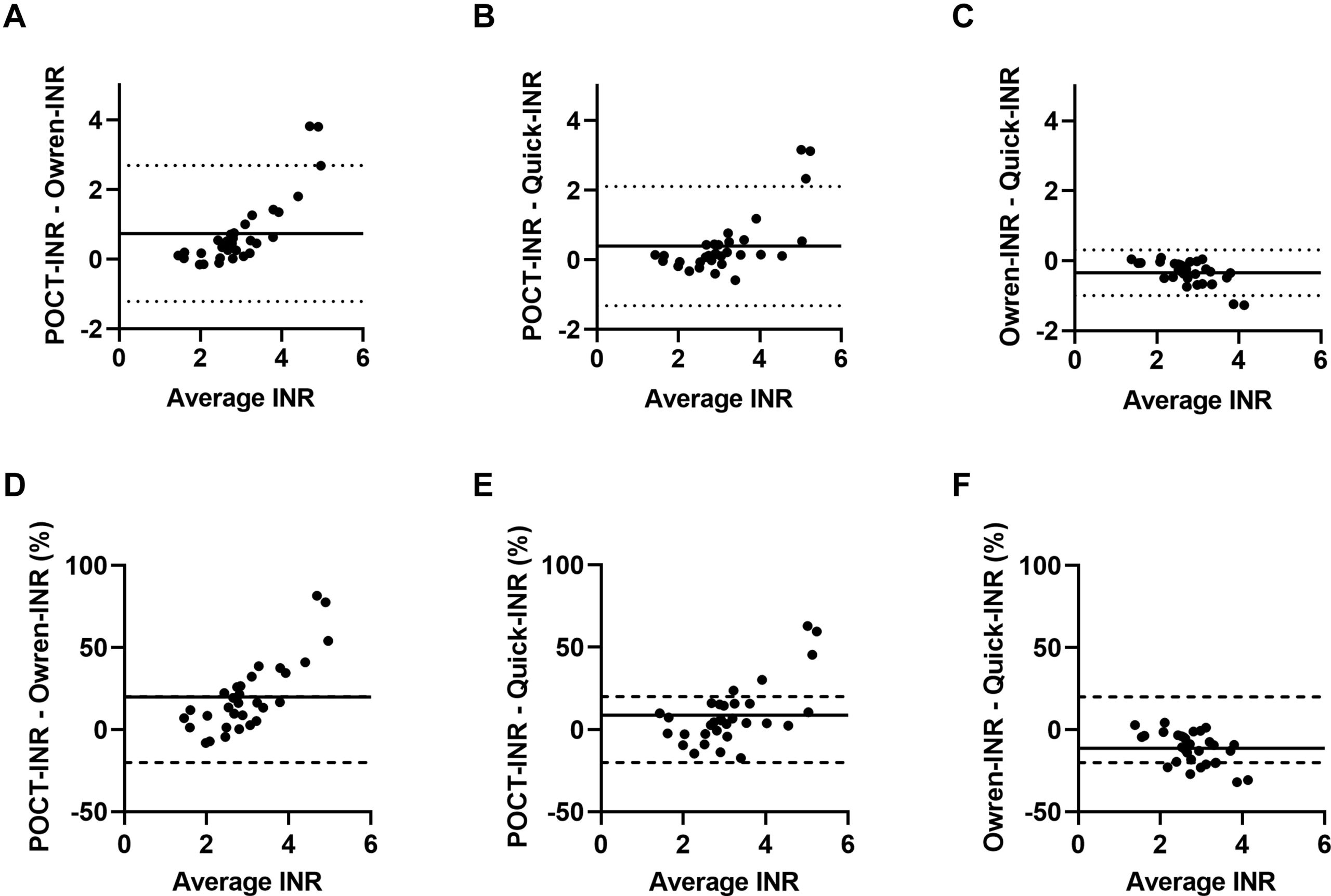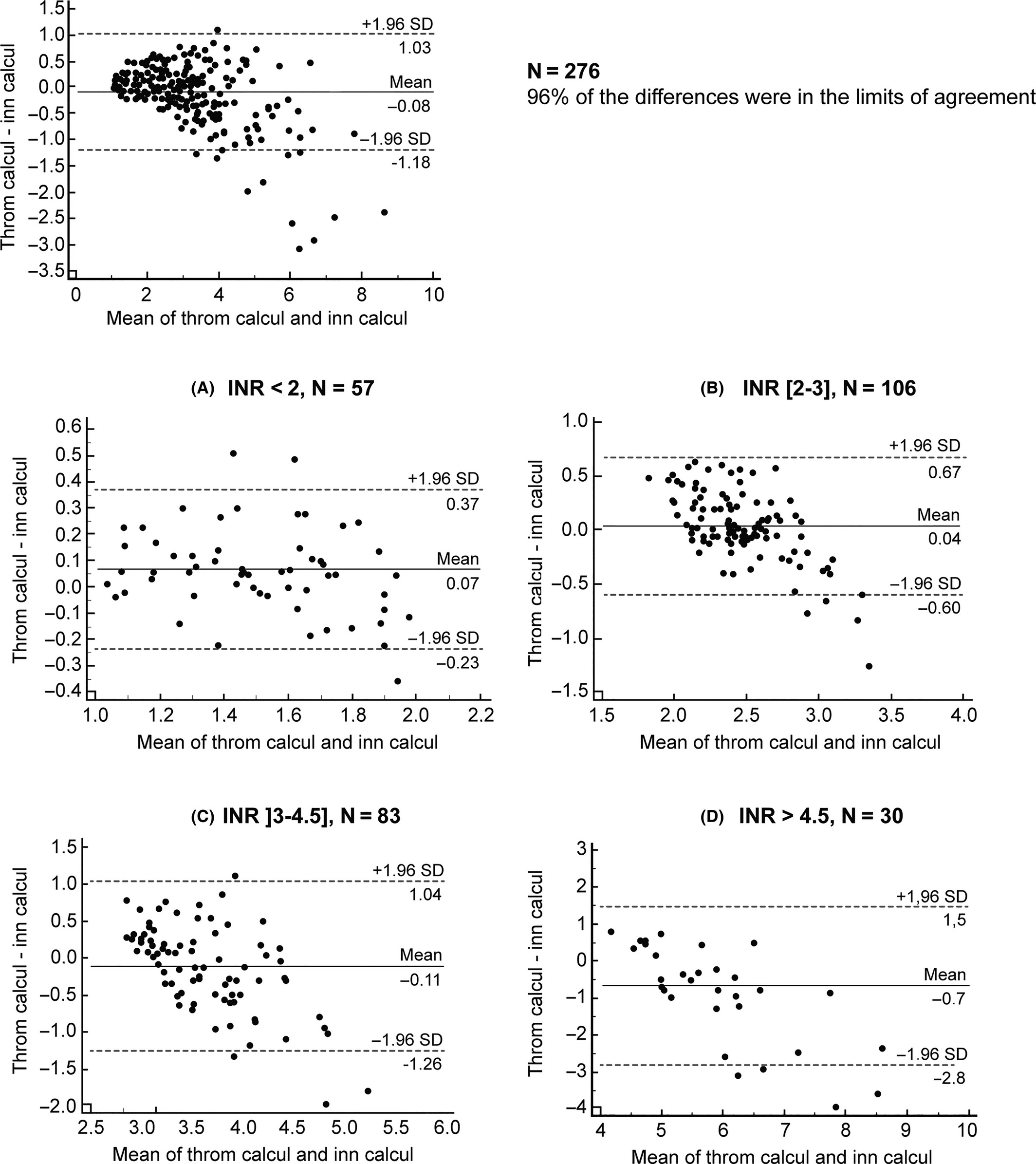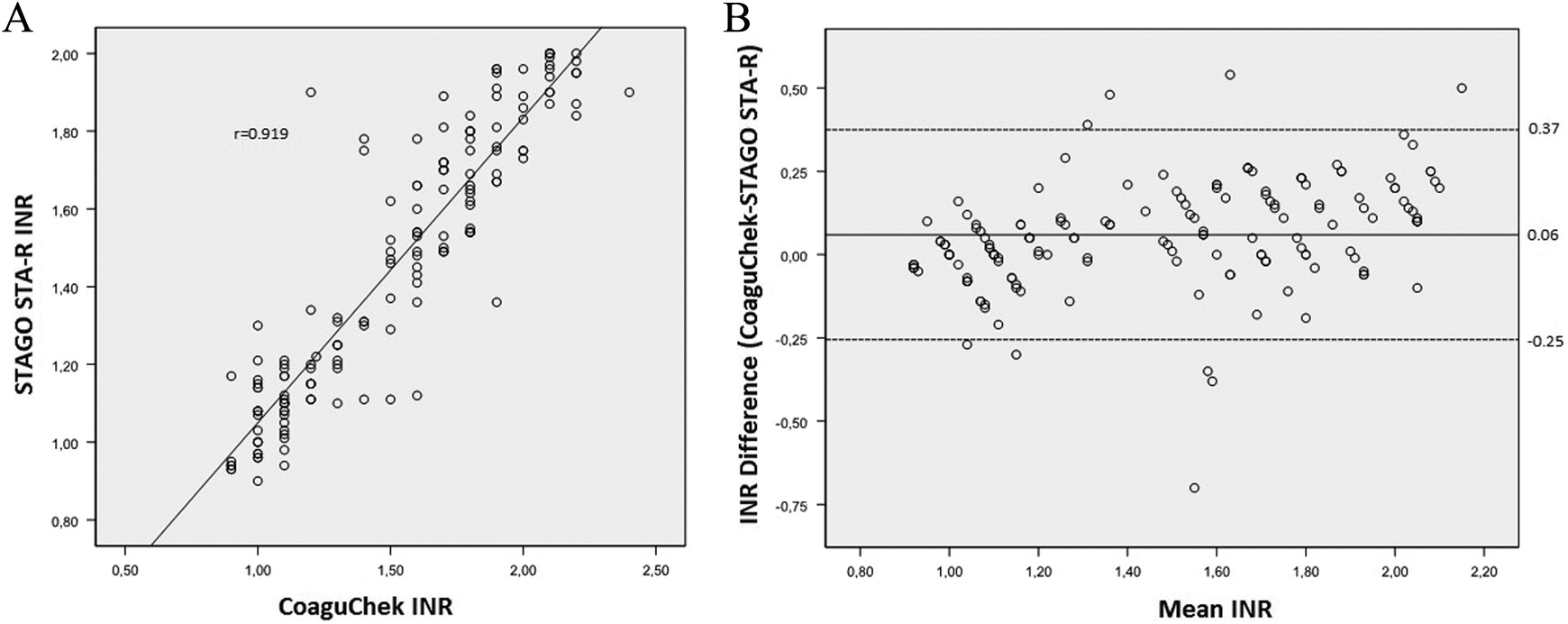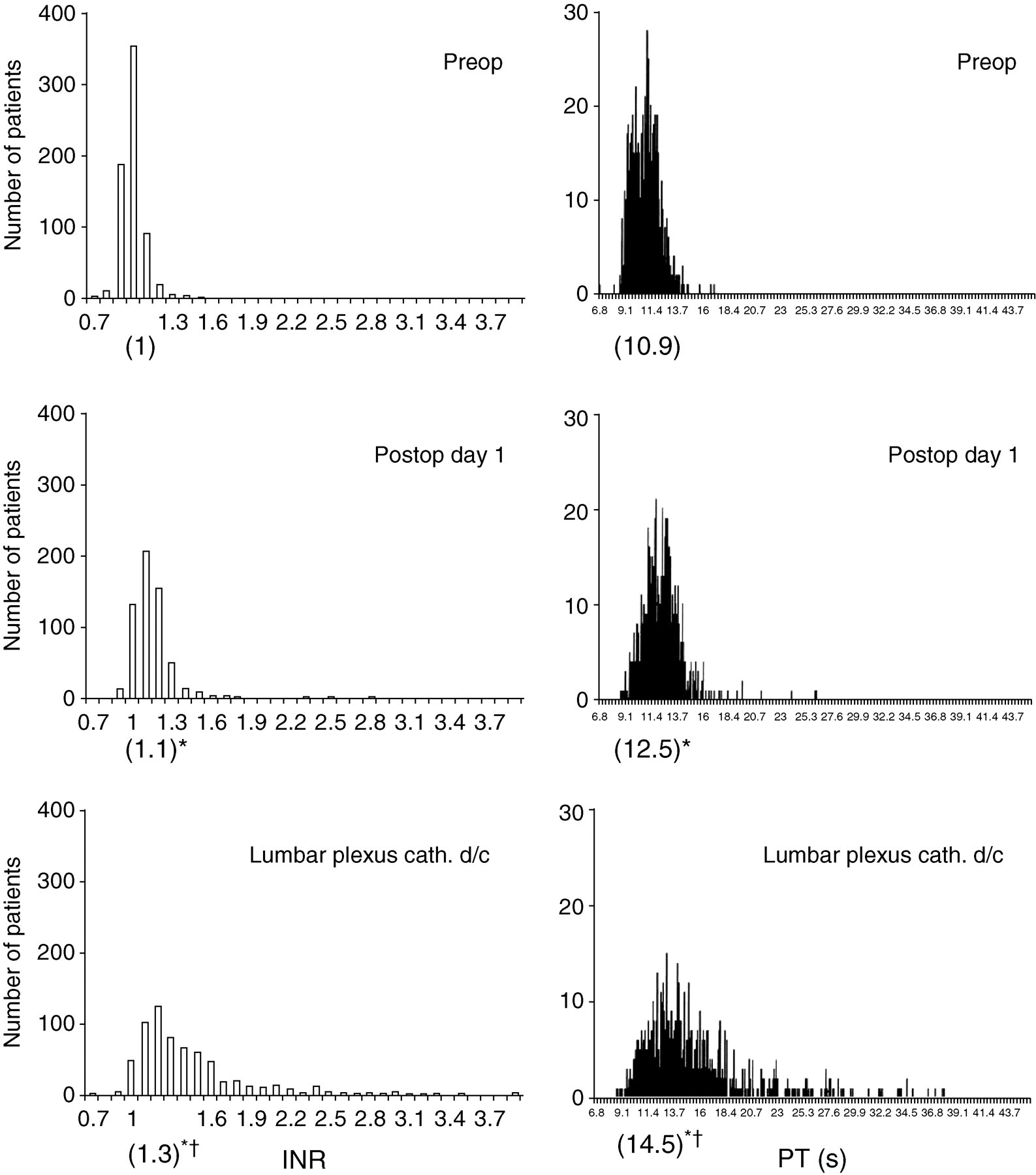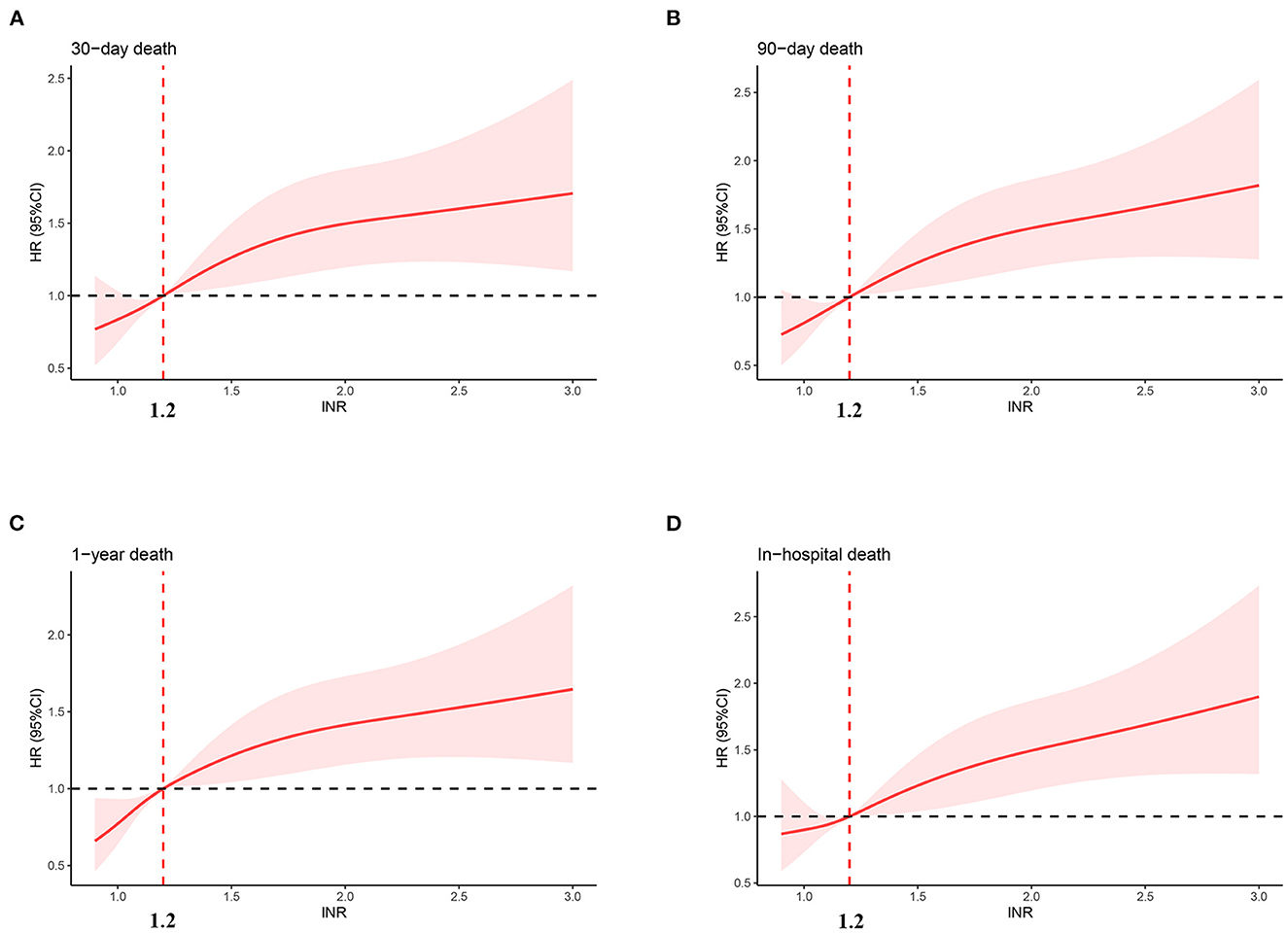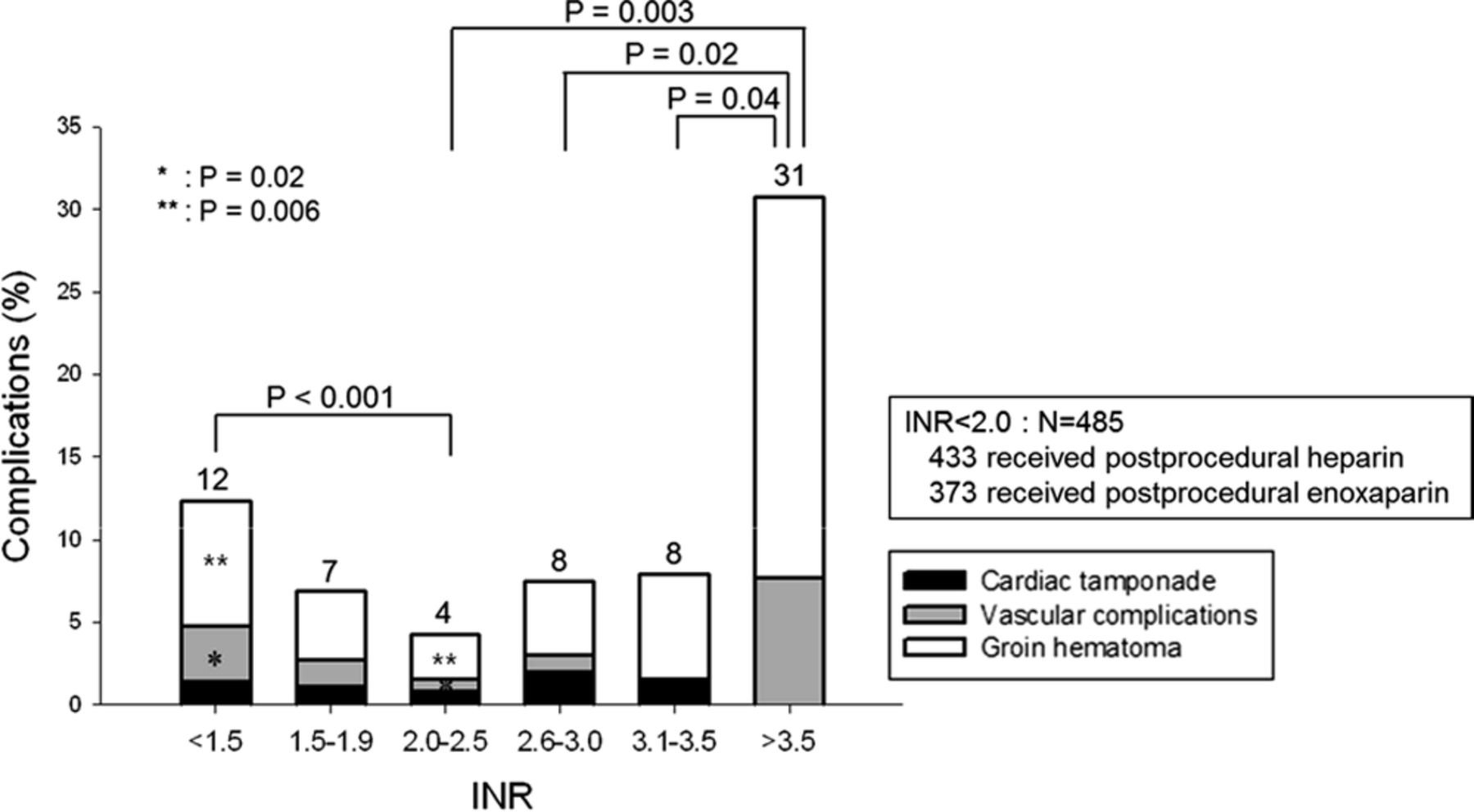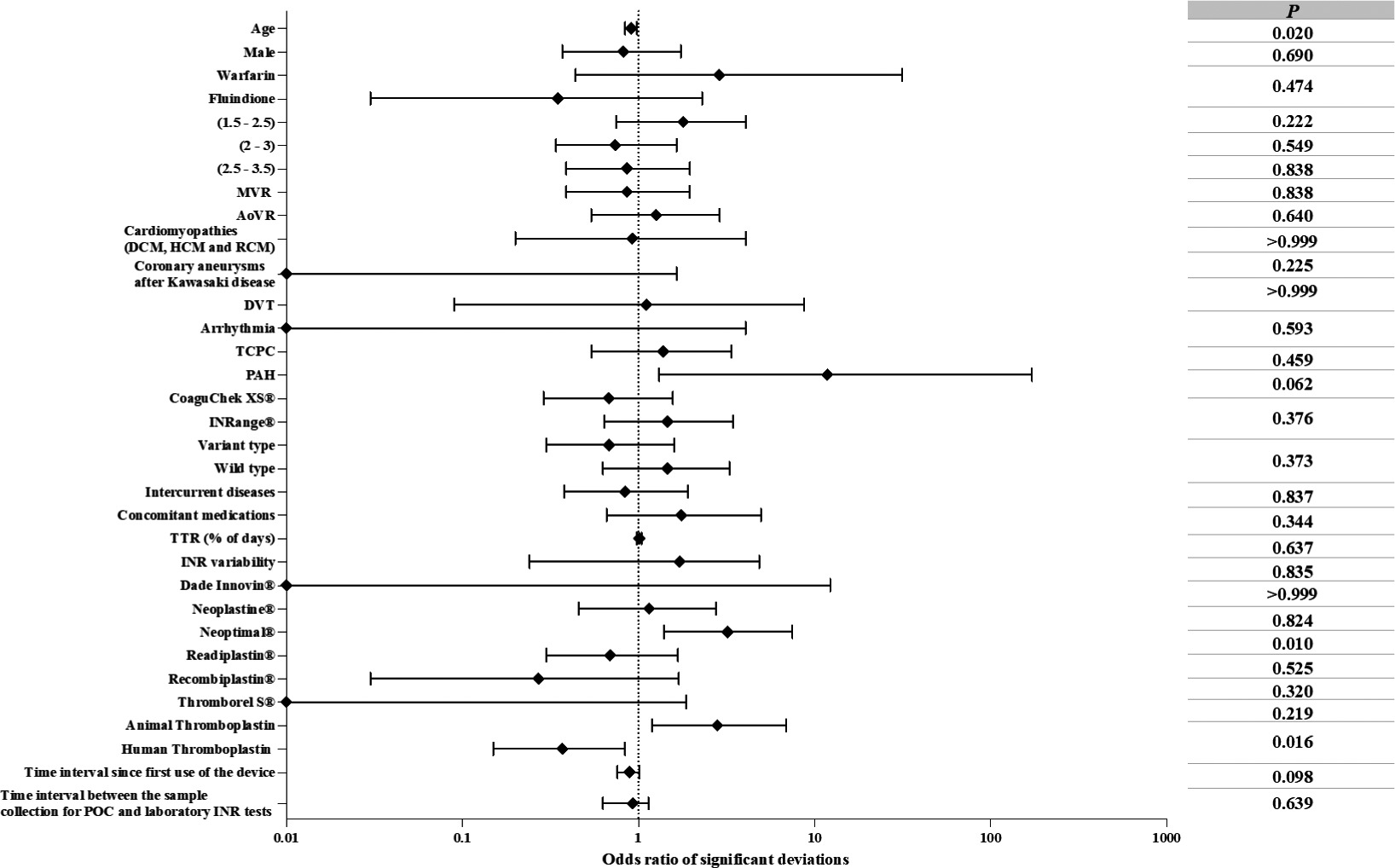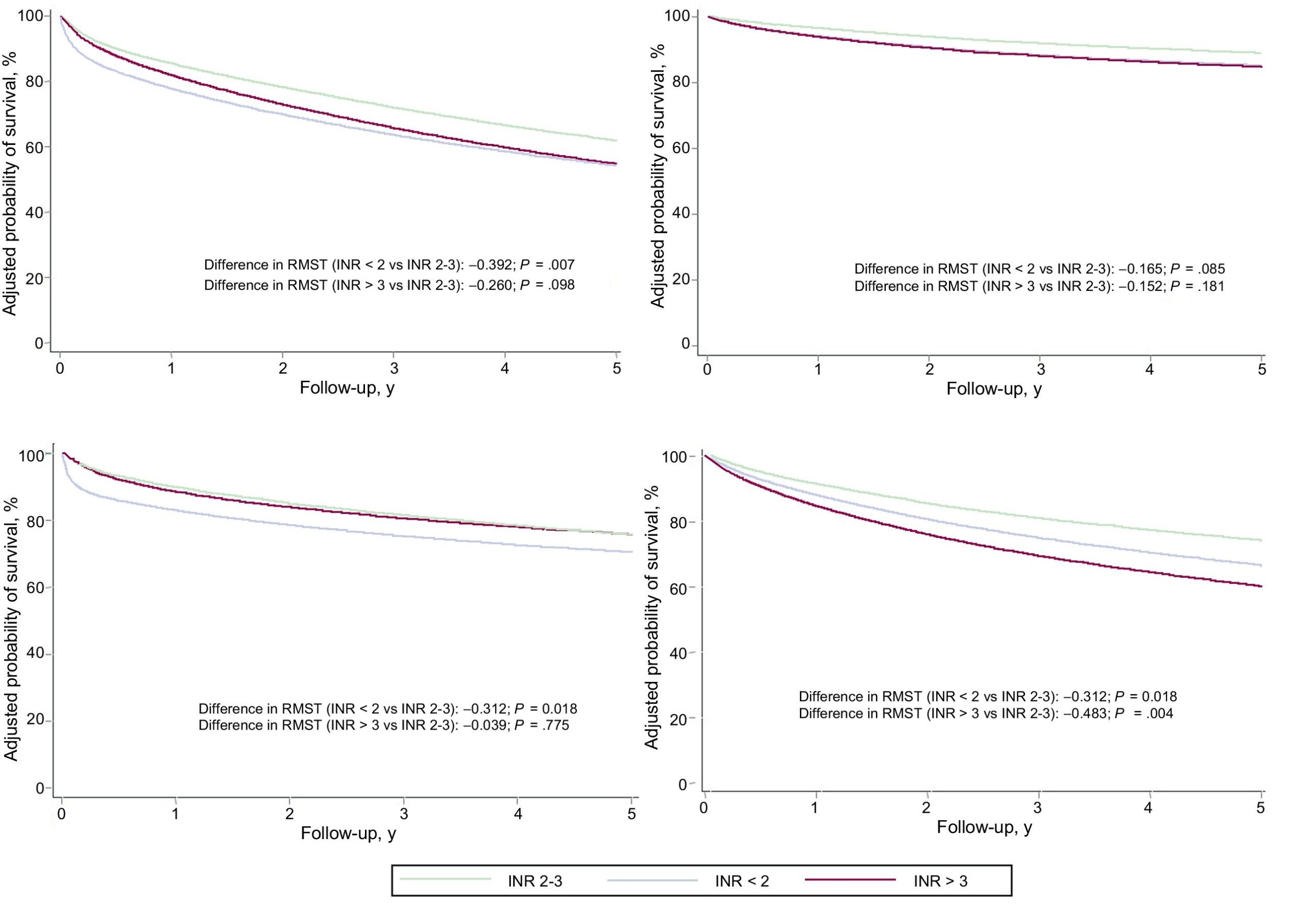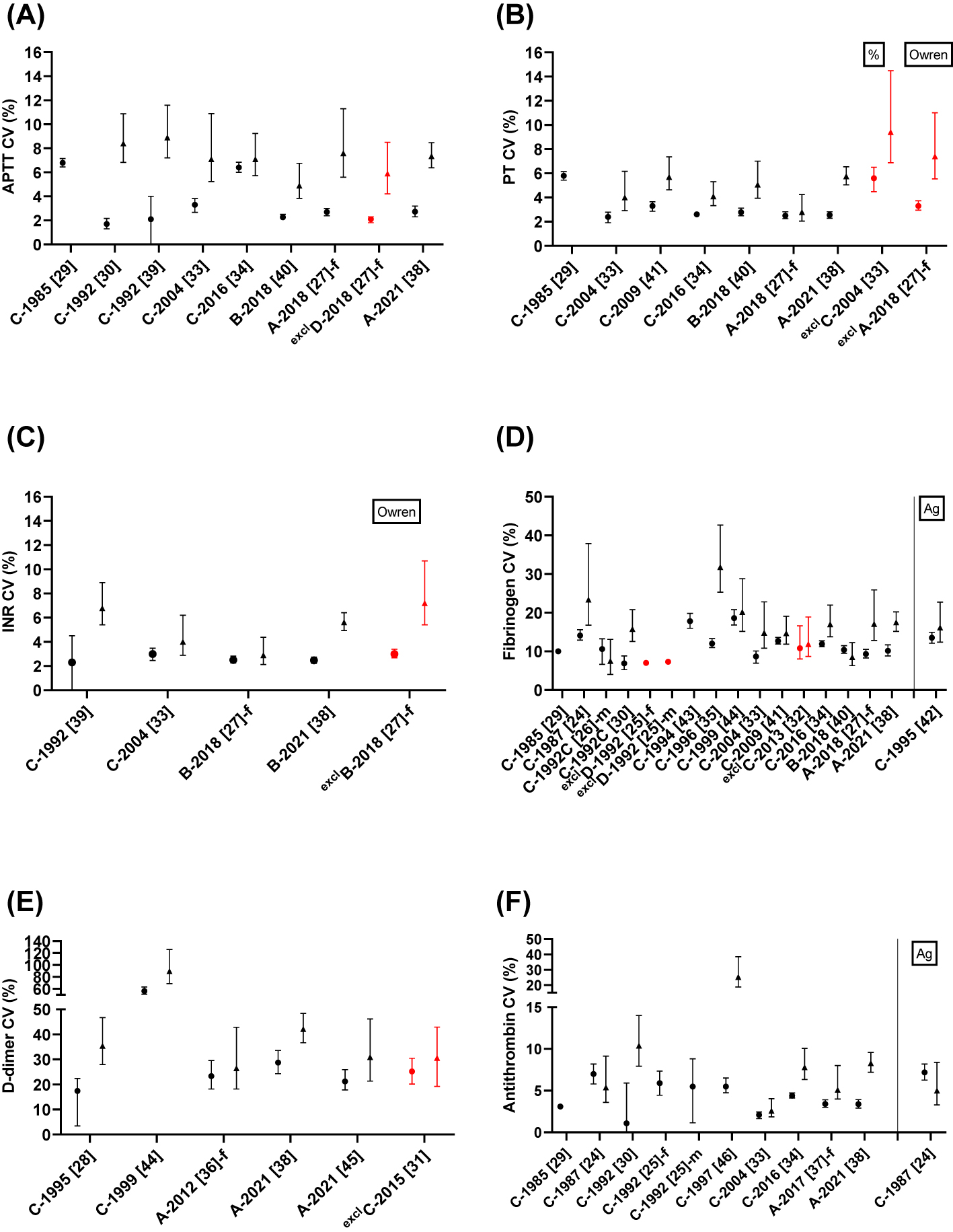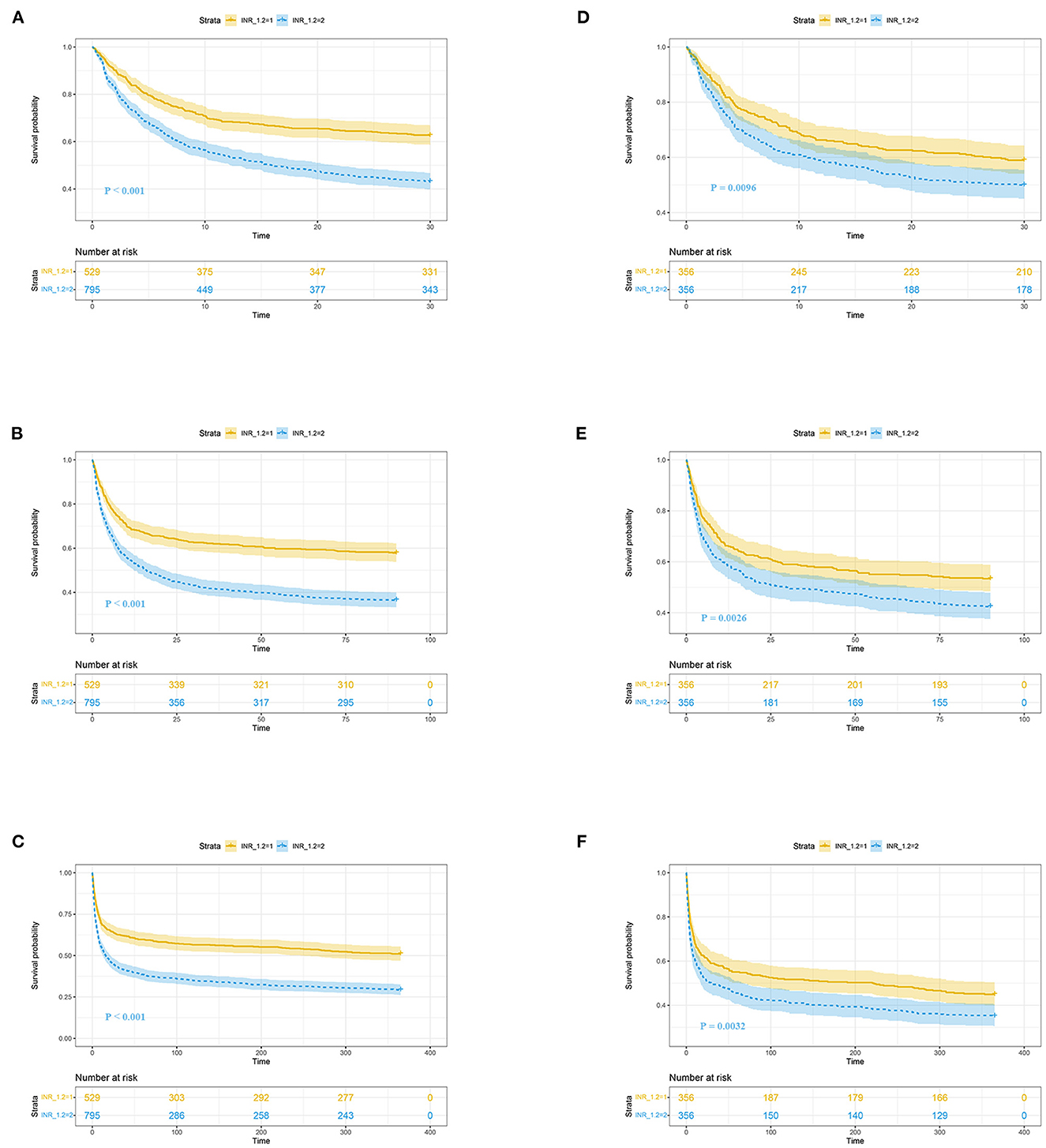
Key facts
- The international normalised ratio (INR) blood test tells you how long it takes for your blood to clot.
- It is used to test clotting times in people taking warfarin (a medicine used to treat and prevent blood clots).
- Your doctor will use your INR result to work out what dose of warfarin you should take.
International normalised ratio (INR) test
What is the international normalised ratio blood test?
The international normalised ratio (INR) blood test tells you how long it takes for your blood to clot.
A test called the prothrombin time (PT) actually measures how quickly your blood clots. The PT results can be expressed as an INR to standardise the results. This is done when the test is used to monitor treatment with a medicine called warfarin.
Why would I need an INR blood test?
INR tests are used in people taking warfarin — a medicine that treats and prevents blood clots.
Warfarin is prescribed for some people to:
- prevent stroke if you have atrial fibrillation or other risk factors for stroke
- prevent or treat blood clots (for example, deep vein thrombosis and pulmonary embolism)
- prevent blood clots if you have an artificial heart valve
Your doctor uses your INR results to work out what dose of warfarin you should take. You need to take enough warfarin to reduce your risk of blood clots. But not so much that you are at risk of serious bleeding. This is your ‘target INR range’.
The prothrombin test can also be used to:
- check for bleeding conditions
- check for blood clotting problems, especially before surgery
- check how well your liver is working
How to prepare for this test
No special preparation is needed for this test.
Understanding your results
If your INR test result is above your target range, it means your blood is clotting too slowly, and there is a risk of bleeding.
If your INR test result is below your target range, it means you are at increased risk of a blood clot.
Tell your doctor about:
- any medicines and supplements you are taking
- any recent changes in your diet
That’s because these can affect the way that warfarin works and your INR result.
What happens if my INR is too high or too low?
Warfarin can cause life-threatening bleeding. If your INR is too high, you are at increased risk of bleeding. Depending on your INR and risk of bleeding, your doctor may:
- reduce your dose of warfarin
- ask you to skip a dose (or several doses) of warfarin
- give you medicines to temporarily reverse the effects of warfarin
Close monitoring is needed until your risk of bleeding is reduced.
If your INR is too low, your risk of blood clots is increased. Your doctor will need to adjust your dose to reach your target INR range.
Is INR testing needed when taking all types of anticoagulant medicine?
Some of the newer anticoagulant medicines do not need to be monitored frequently with INR blood tests.
